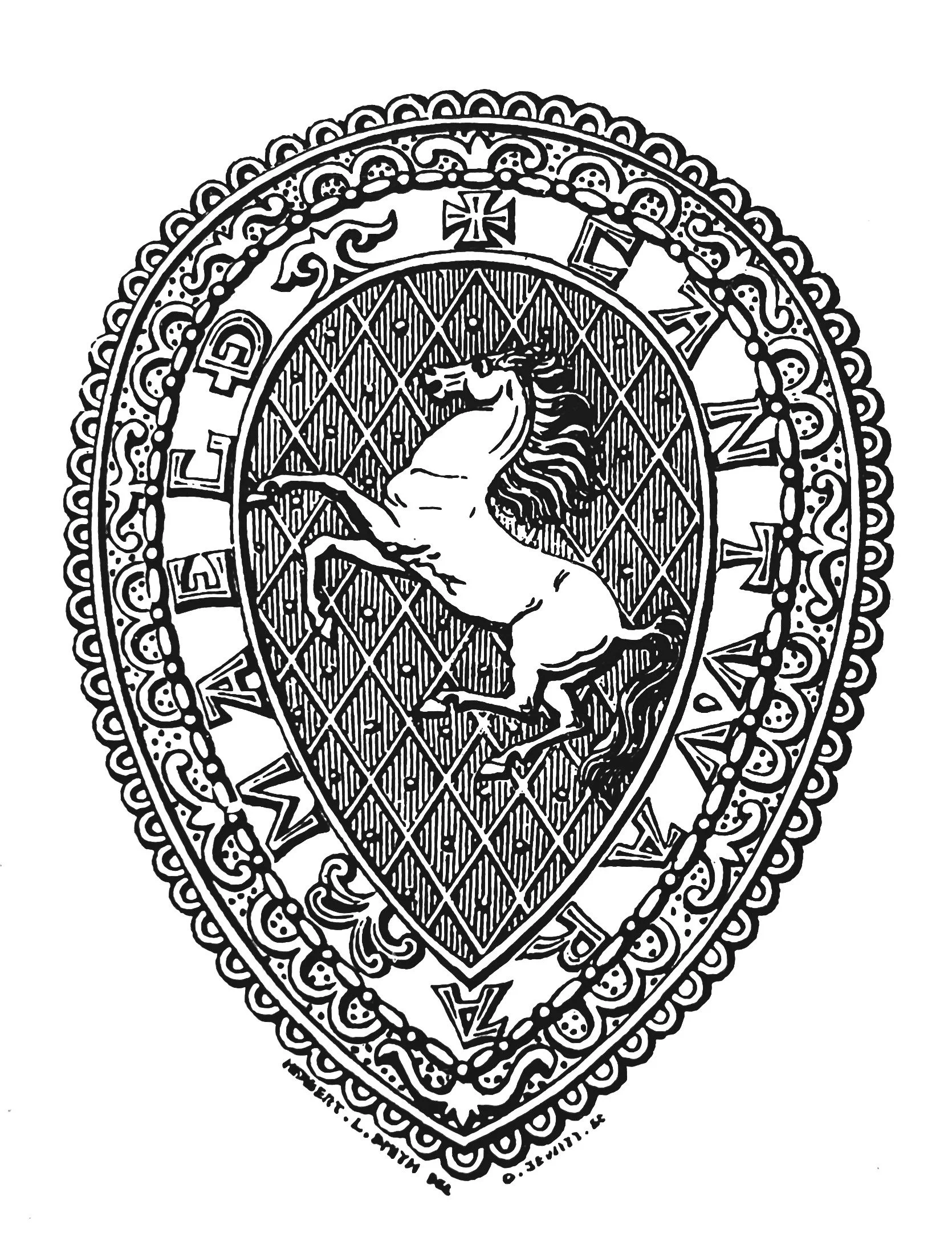
KAS Newsletter, Issue 34, Spring 1996
Survey of Kent's medieval churches and prehistoric pottery assemblages for historic and academic insight.
Contributions to the next issue are welcome. See the guidance for contributors and contact Editor Craig Campbell.
Search page
Search within this page here, search the collection page or search the website.
Previous
Previous
1797 Committee (Call for papers)
Next
Next
The Prehistoric Ceramics Research Group Survey
Written By KAS
Featured
KAS Newsletter, Issue 34 (Spring 1996). Maidstone: Kent Archaeological Society.
Peter Draper, Hon. Librarian, KAS, 1996, KAS Newsletter, Issue 34 (Spring 1996). Maidstone: Kent Archaeological Society.
KAS Newsletter, Issue 34 (Spring 1996). Maidstone: Kent Archaeological Society.
P. Oldham, 1996, KAS Newsletter, Issue 34 (Spring 1996). Maidstone: Kent Archaeological Society.

